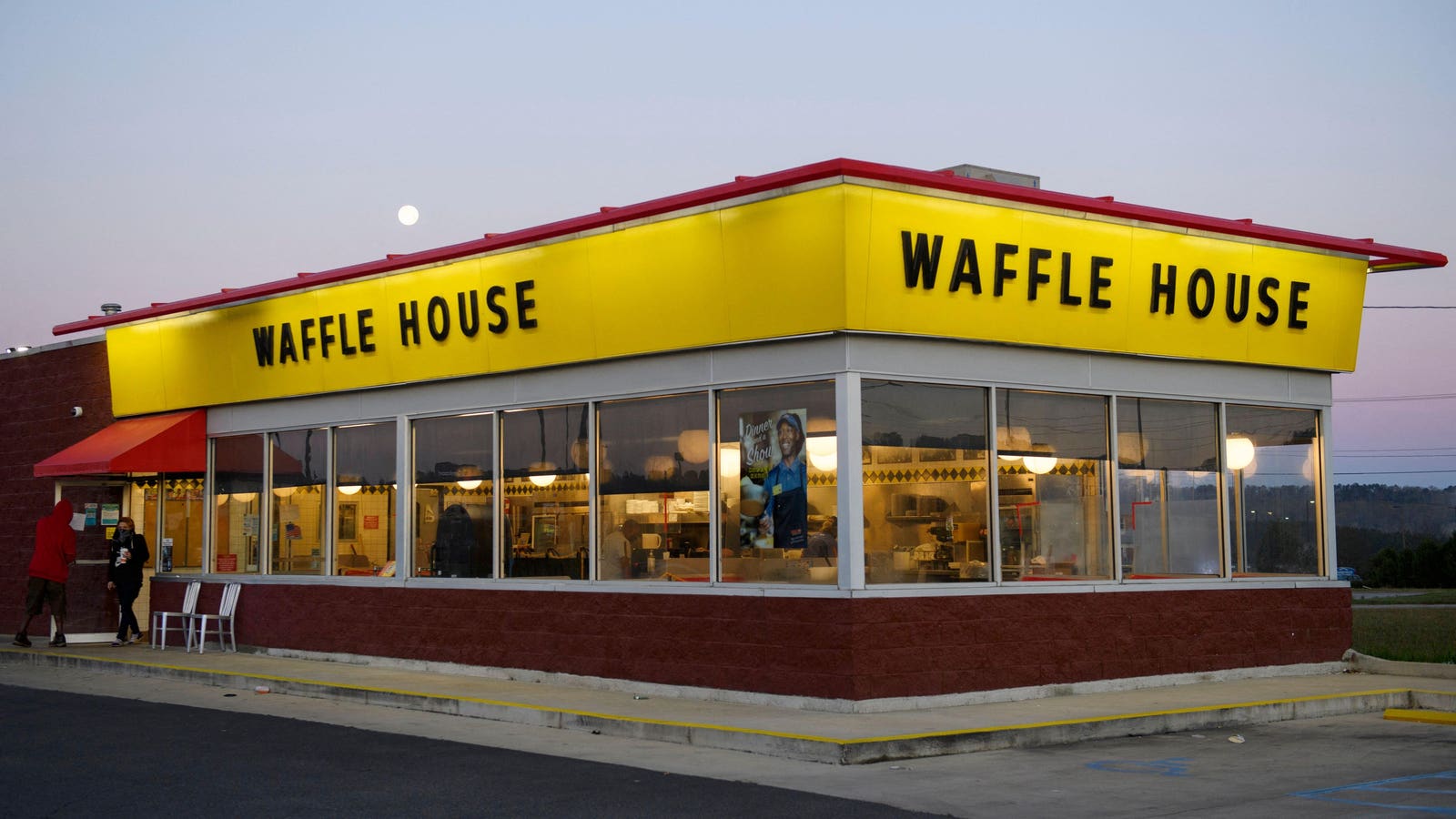Money
Waffle House And Rising Egg Prices—How Breakfast Is Changing

The Surge in Egg Prices: A Year of Unprecedented Volatility
Over the past year, egg prices have skyrocketed to historic highs, leaving consumers and restaurants scrambling to adapt. According to data from the USDA Producer Price Index, egg prices skyrocketed by a staggering 300.7% between January 2024 and January 2025. This drastic increase has made eggs one of the most volatile food staples in recent memory. By January 2025, the average price for a dozen large, grade-A eggs had climbed to $4.95, marking a dramatic shift from the previous year’s prices. This surge has left many wondering what’s behind this unprecedented rise and how it’s impacting daily life.
One of the primary drivers of this increase has been the outbreak of avian flu, which has devastated poultry populations. Since 2022, over 153 million birds have been lost due to the virus, leading to a severe reduction in egg supply. With supply plummeting and demand remaining steady, prices have naturally soared. For restaurants, this has created a perfect storm of rising costs, forcing many to rethink their pricing strategies.
Why Your Diner Breakfast Is Getting More Expensive
The ripple effects of the egg shortage are being felt most acutely in the breakfast industry. For Waffle House, a chain long celebrated for its affordable and predictable pricing, the situation has become untenable. On February 3, 2025, the restaurant chain introduced a $0.50 per egg surcharge across all locations—a move that has left many customers buzzing. For those ordering breakfast platters with two or three eggs, this means an additional $1.00 to $1.50 per meal. While this might seem like a small adjustment, it represents a significant shift for a brand that has historically prided itself on offering low-cost meals.
Waffle House isn’t alone in feeling the pinch. Across the industry, restaurants are grappling with the challenges of rising egg costs. Denny’s and IHOP, two other breakfast staples, have adjusted their combo meal pricing to account for the surge in ingredient costs. Meanwhile, smaller, independent diners are taking a different approach, experimenting with liquid egg substitutes and reducing portion sizes to mitigate the financial strain.
Despite these challenges, breakfast remains a bright spot for the food service industry. According to Technomic’s 2024 breakfast report, more consumers are prioritizing morning meals over lunch or dinner, driving growth in the sector. However, as prices continue to climb, the question on everyone’s mind is: can breakfast remain an affordable option, or is this the end of the cheap American breakfast as we know it?
The End of the Cheap American Breakfast?
For decades, breakfast has been the most affordable meal of the day, offering a budget-friendly option for families and individuals alike. From fluffy pancakes to hearty omelets, breakfast has long been a comforting and cost-effective choice. But with egg prices reaching new heights, this era of affordability may be drawing to a close.
Restaurants are being forced to innovate in response to the crisis. Quick-service chains have seen a spike in breakfast sales, even as dinner and late-night spending decline. This shift highlights a broader trend: consumers are increasingly prioritizing breakfast as their main meal out, while cutting back on pricier options like dinner. At the same time, breakfast is becoming a bigger revenue driver for restaurants, with Technomic predicting continued growth in the food service sector.
However, the rising cost of eggs is putting pressure on restaurants to adjust their menus and pricing. Many have held off on raising prices for as long as possible, but with food costs continuing to fluctuate, the days of cheap, predictable breakfast pricing may be over. For now, the industry is in a state of flux, with restaurants experimenting with everything from alternative ingredients to smaller portion sizes in an effort to stay afloat.
Eggs as an Economic Indicator
Eggs have long been one of the most affordable sources of protein, making them a staple in kitchens across the country. But today, they’re driving food inflation in ways we haven’t seen before. According to the USDA Economic Research Service, overall food prices rose 2.5% year-over-year as of December 2024—a modest increase compared to the skyrocketing cost of eggs.
The Producer Price Index for large shell eggs surged by a staggering 48.8% in January 2025, cementing eggs’ reputation as one of the most volatile food items in the market. Meanwhile, the USDA’s latest forecast suggests that egg prices will rise another 20.3% in 2025, driven by ongoing avian flu outbreaks and supply chain disruptions. For restaurants, the impact is unavoidable. Many have absorbed the rising costs for as long as they could, but with prices continuing to climb, the days of stable breakfast pricing may be behind us.
As eggs become a flashpoint for food inflation, they’re also serving as an economic indicator. The sharp rise in egg prices reflects broader challenges in the food system


















